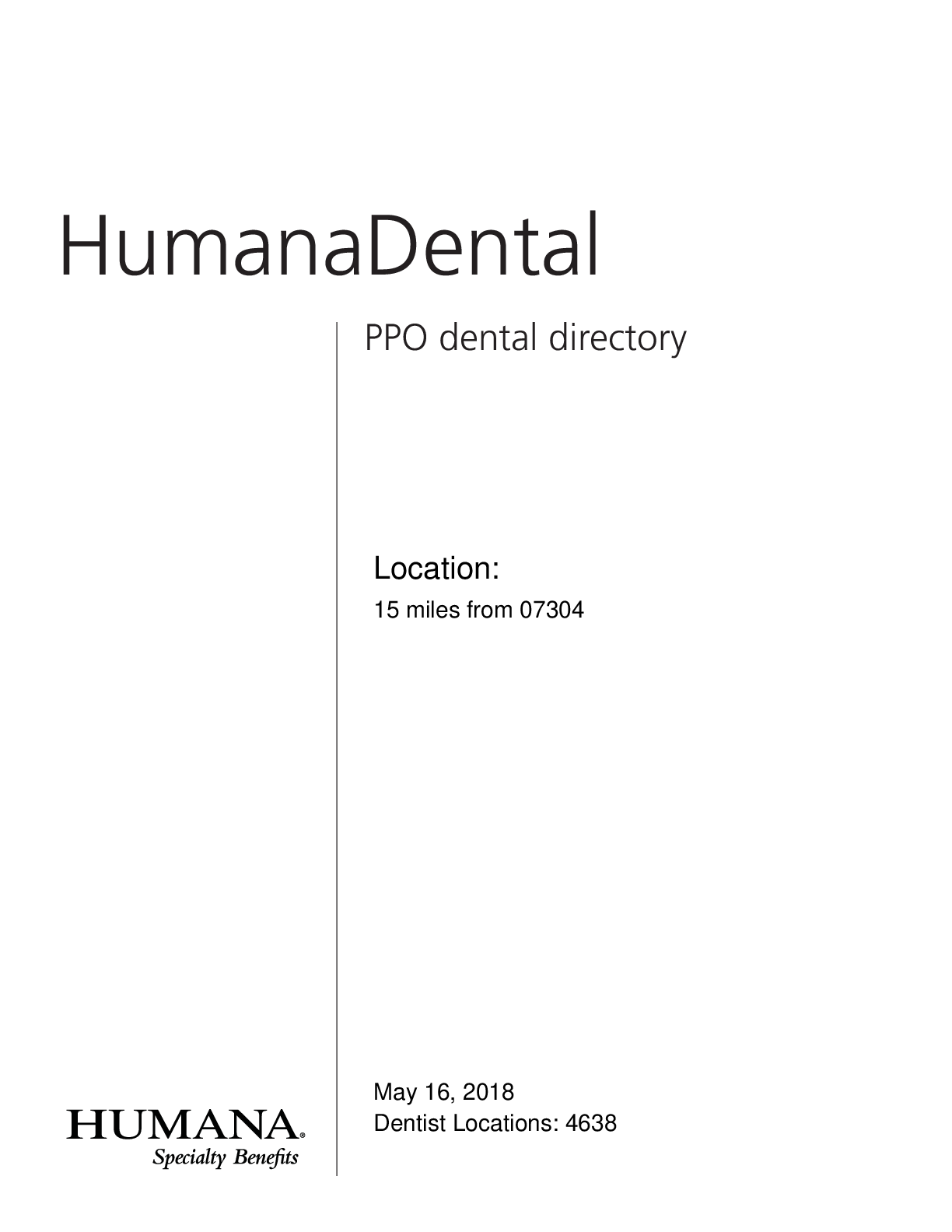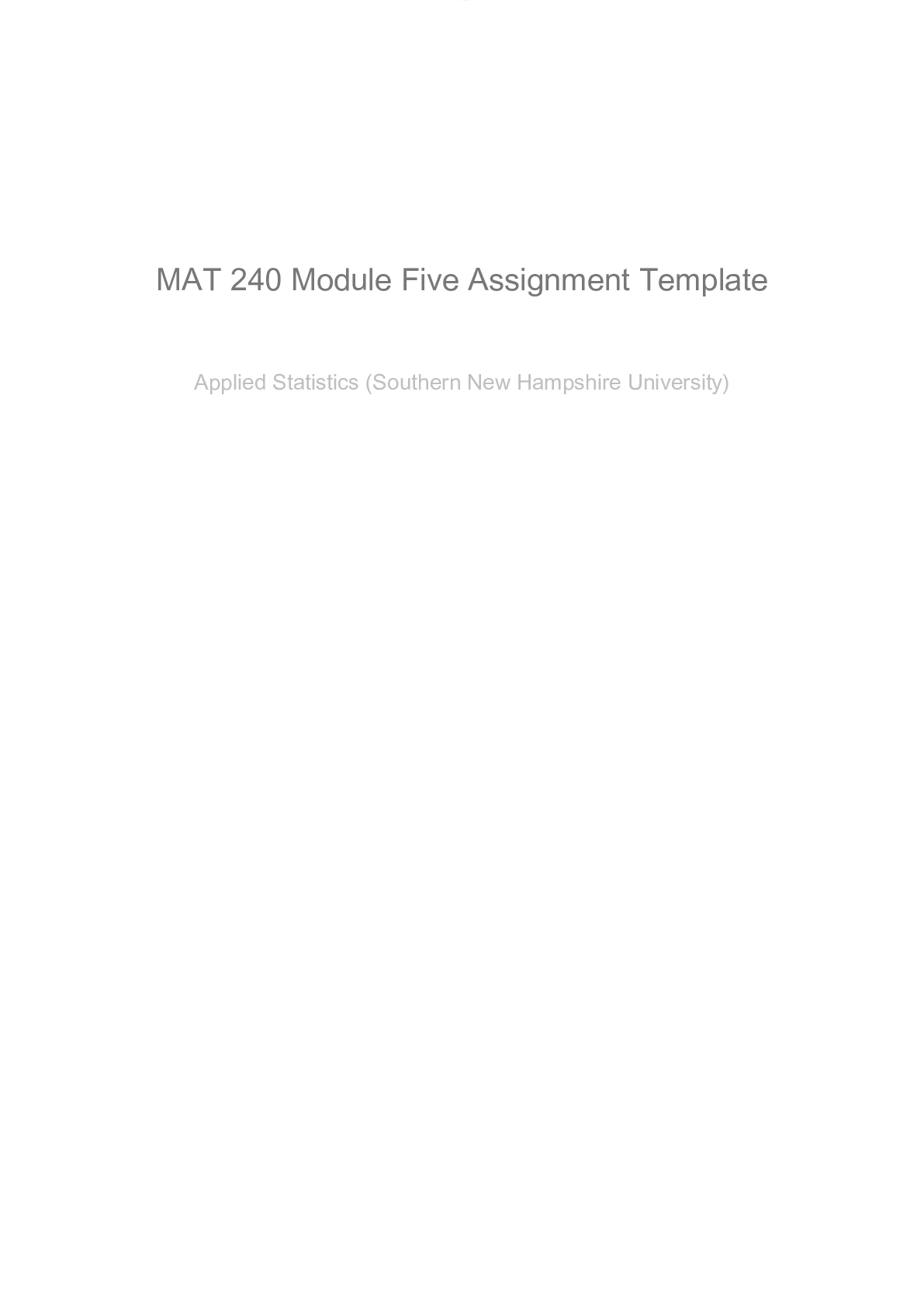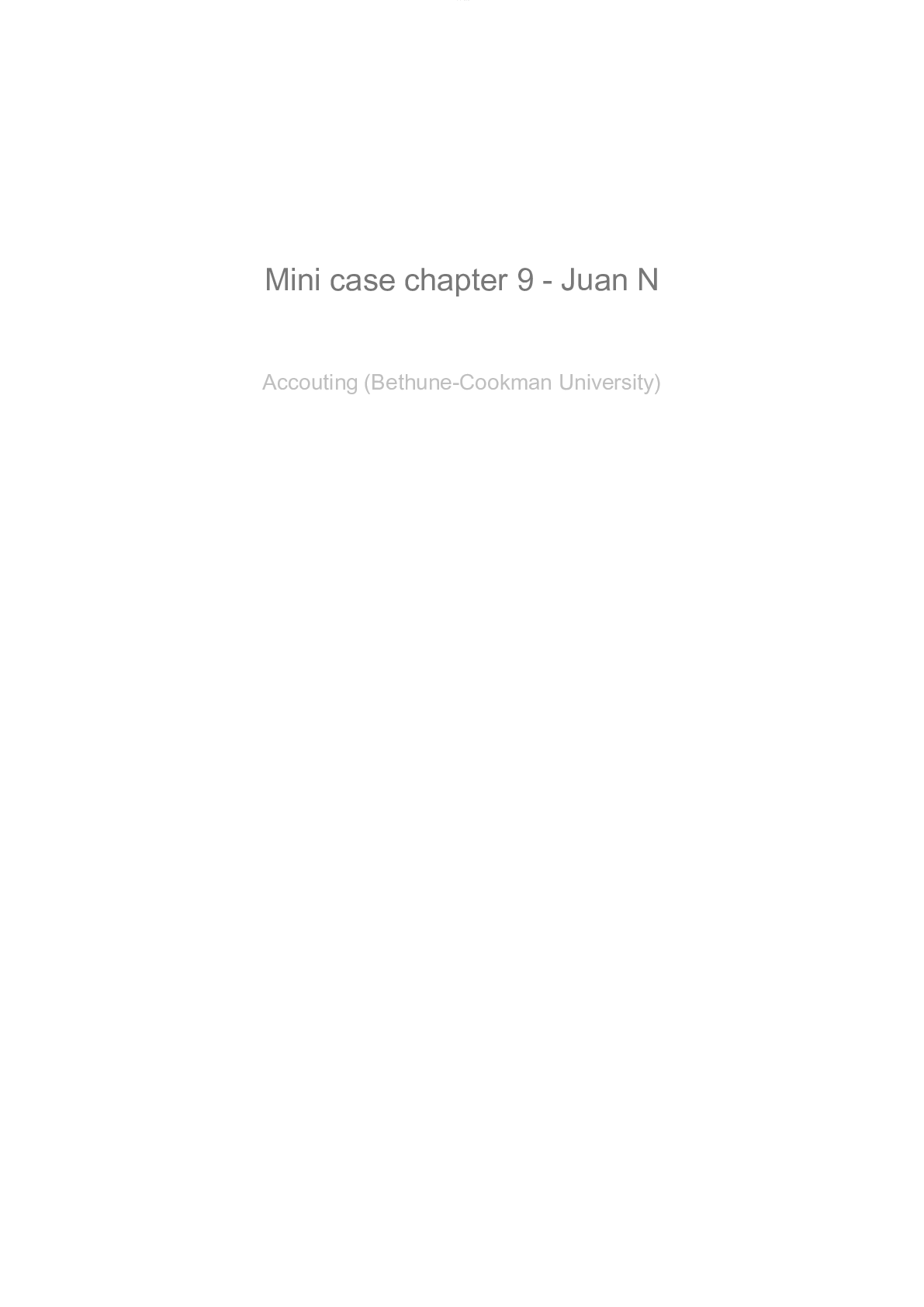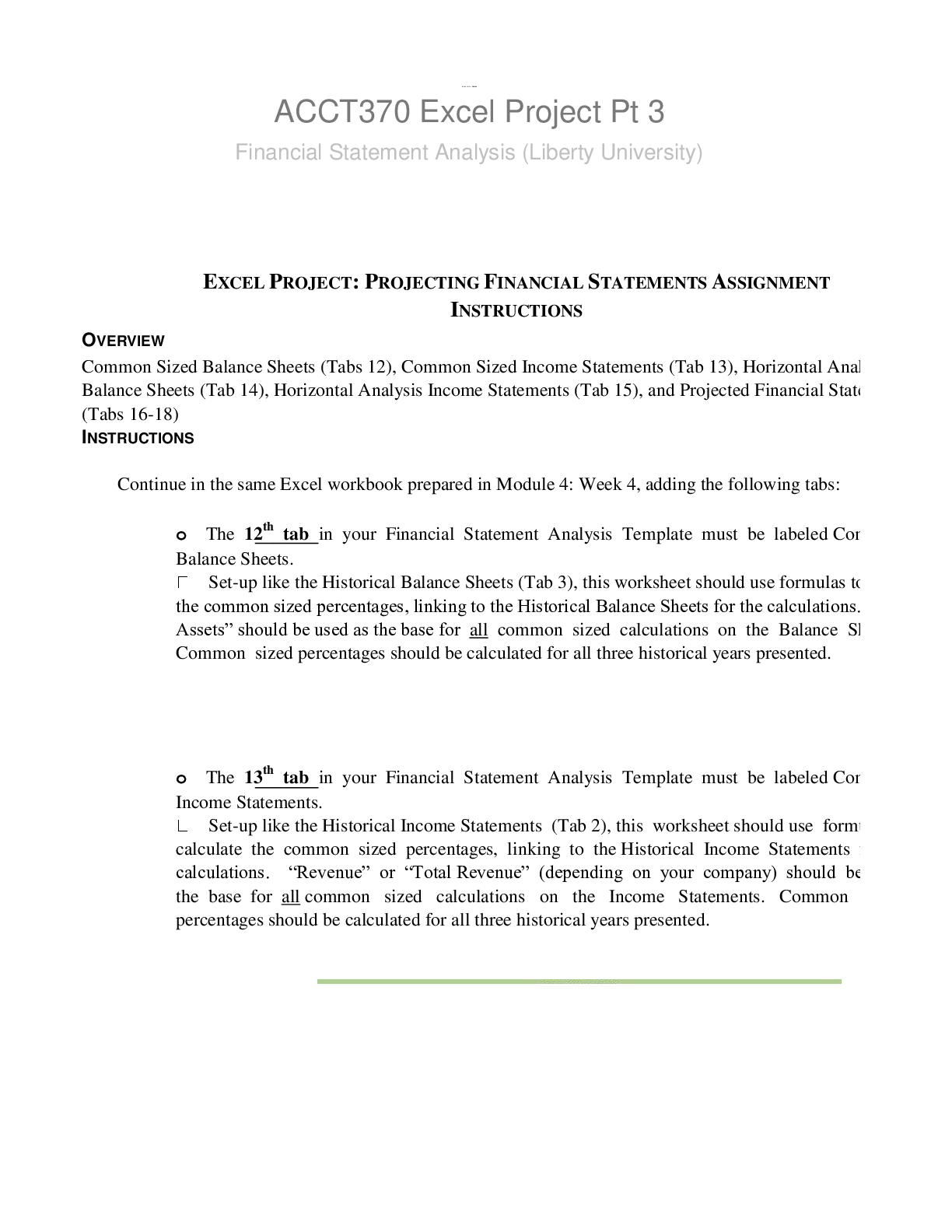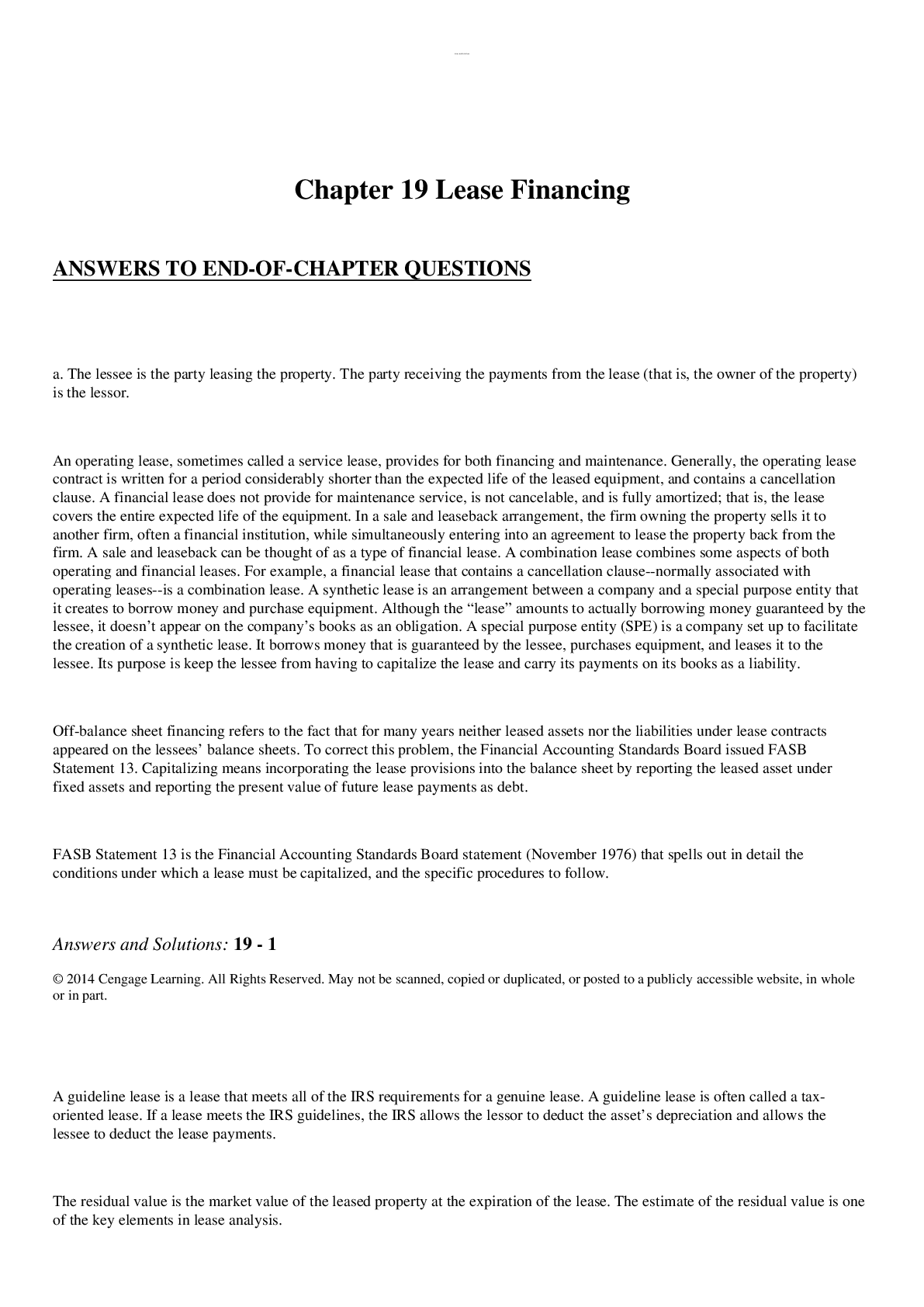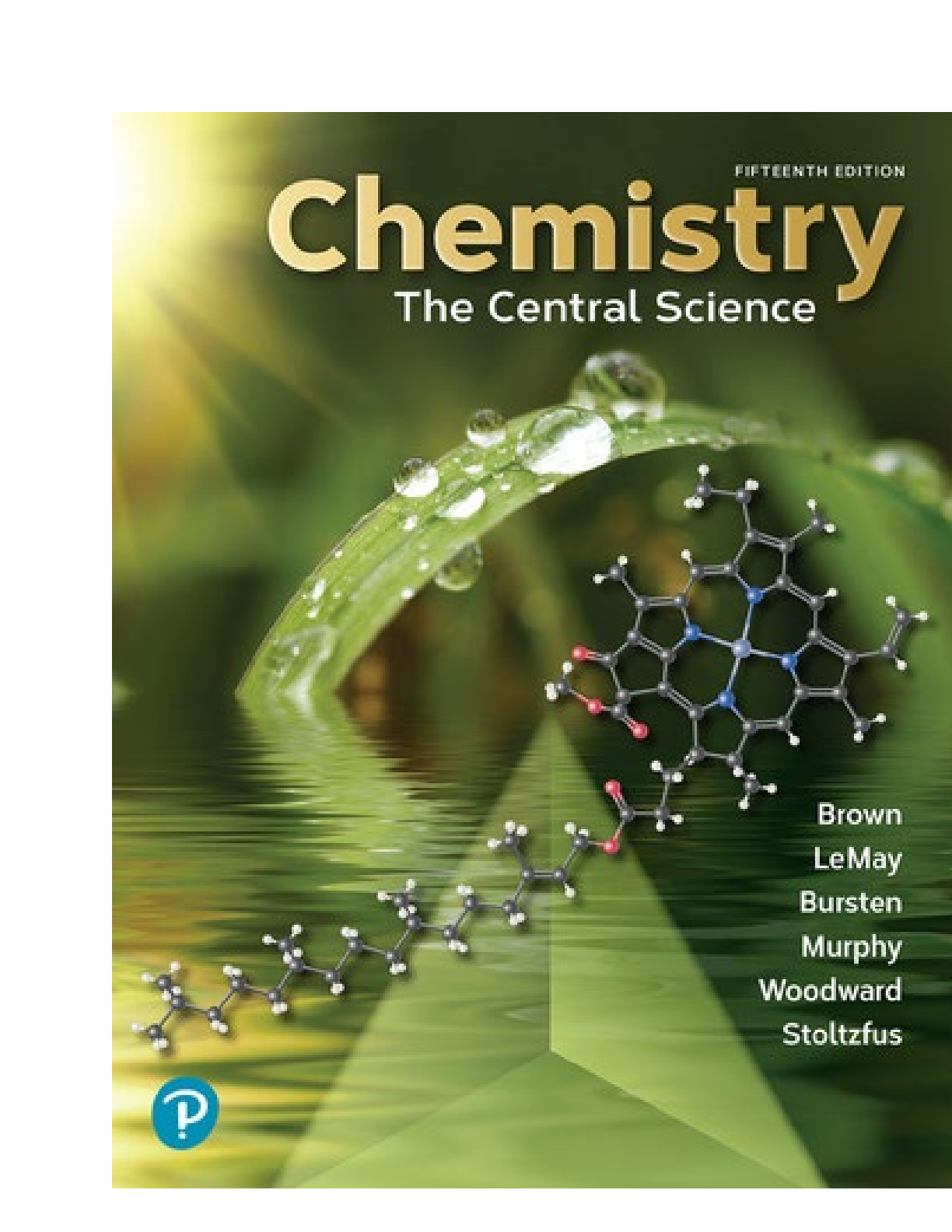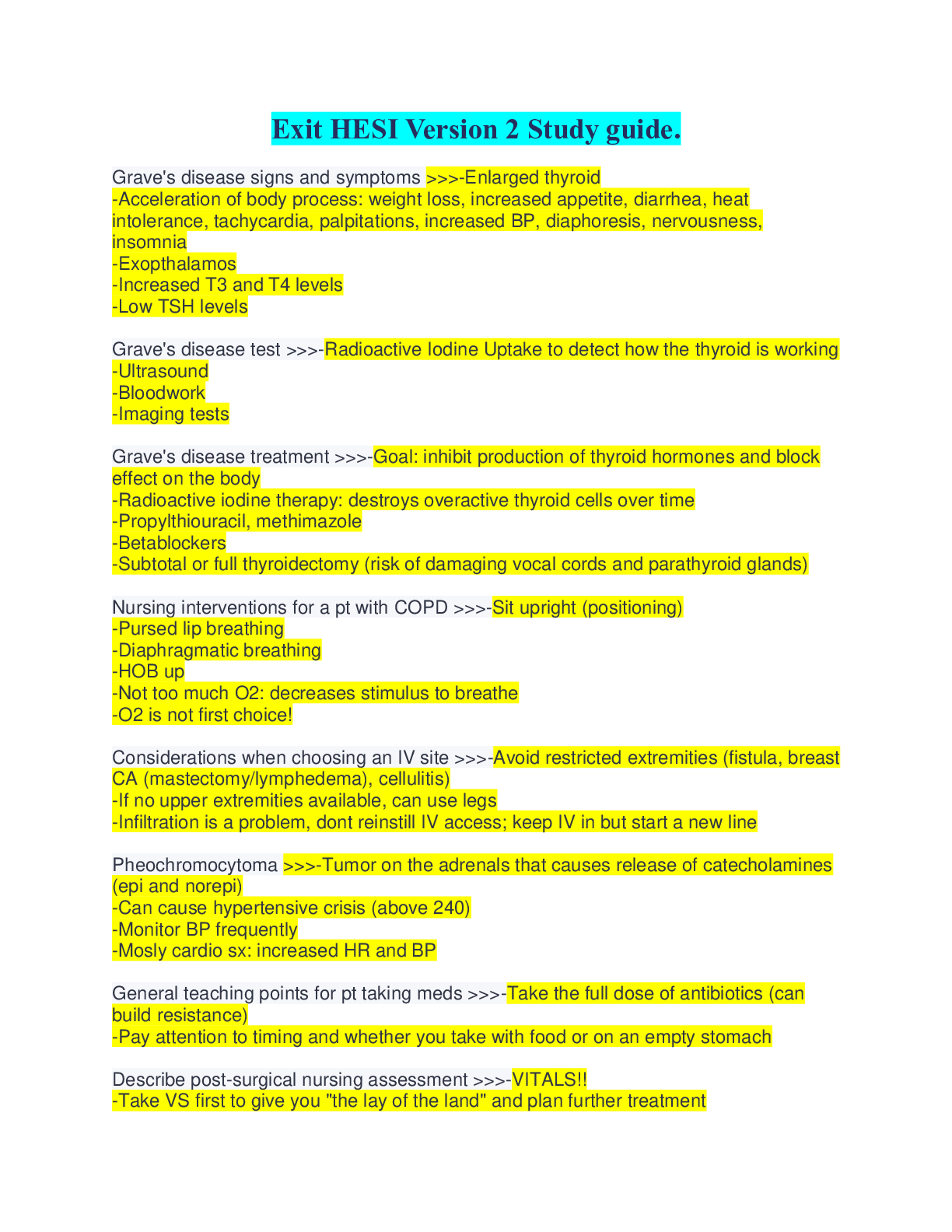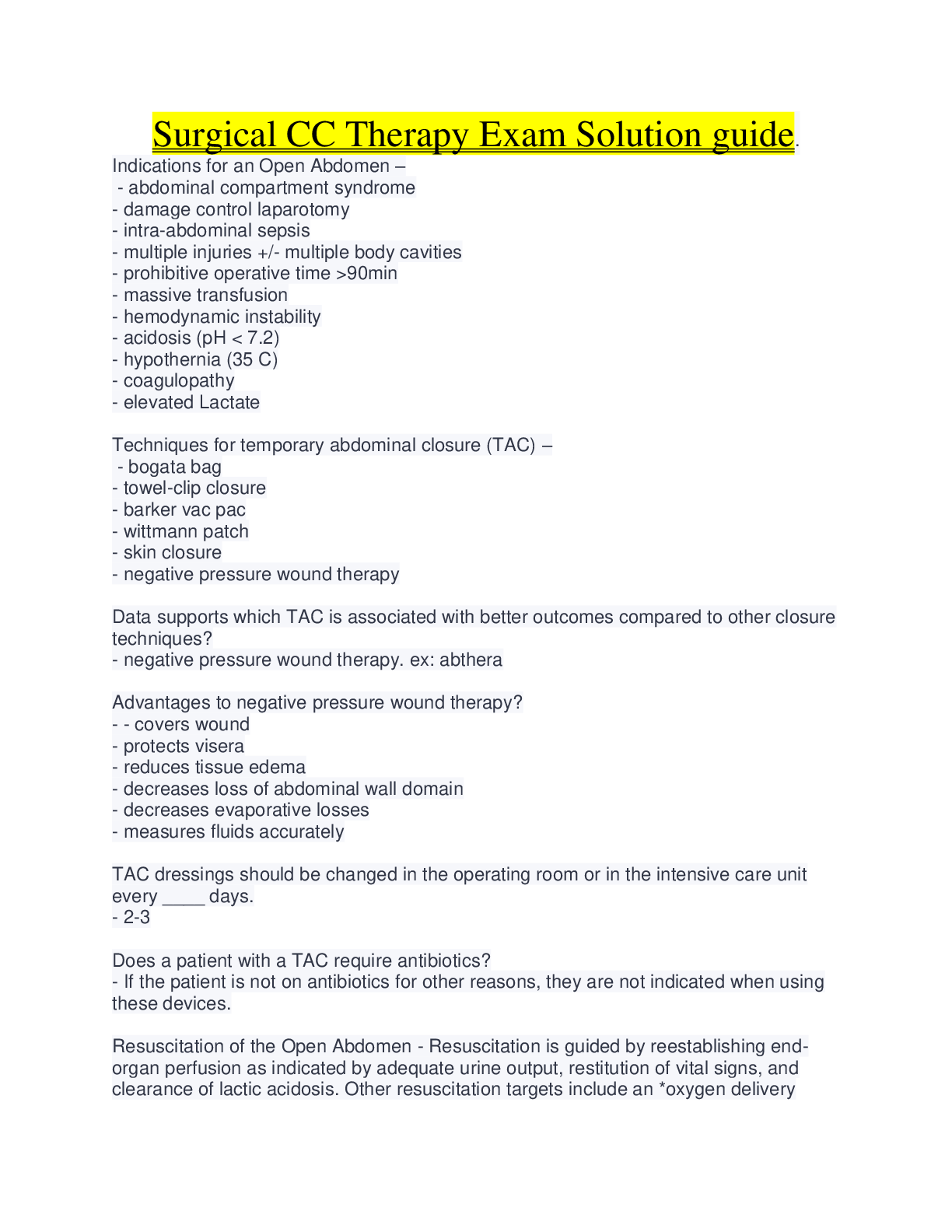*NURSING > Solutions Guide > West Coast University, OB NURS 306OB Final Study Guide graded A+ (All)
West Coast University, OB NURS 306OB Final Study Guide graded A+
Document Content and Description Below
Chapter 3 Genetics, Conception, Fetal Development, and Reproductive Technology ! Genetics " study of heredity ! Genomics " addresses all genes and their interrelationships in order to identify their... combined influence on growth and development of the organism o Providing better methods for preventing disease and abnormalities, diagnosing diseases, predicting health risks, personalizing treatment plans ! 30,000 genes in the human genome (organism’s complete set of DNA) ! 46 chromosomes; 22 homologous pairs of chromosomes and one pair of sex chromosomes ! genotype " person’s genetic makeup ! phenotype " how genes are outwardly expressed (eye color, hair color, height) ! recessive genetic disorders " sickle cell anemia, cystic fibrosis, thalassemia, Tay-Sachs disease ! carrier testing " identify individuals who carry one copy of a gene mutation that, when present in two copies causes a genetic disorder; used when there is a family history of genetic disorder ! preimplantation testing/preimplantation genetic diagnosis " used to detect genetic changes in embryos that are created using assisted reproductive techniques ! prenatal testing " early detection of genetic disorders ! risks for conceiving child with genetic disorder " maternal age older than 35, man/woman who has genetic disorder; family history of genetic disorder, history of previous pregnancy resulting in a genetic disorder or newborn abnormalities ! refer to support group whether they wish to terminate/continue with pregnancy ! sickle cell anemia o most common of African ancestry o sickle-cell hemoglobin forms rigid crystals that distort and disrupt RBCs; oxygen-carrying capacity of blood is diminished ! cystic fibrosis o most common genetic disease of European ancestry o production of thick mucus clogs in bronchial tree and pancreatic ducts o most severe effects are chronic respiratory infections and pulmonary failure ! Tay-Sach disease o Most common among Jewish ancestry o Degeneration of neurons and nervous system results in death by the 2 years old ! PKU o Lack of enzyme to metabolize the amino acid phenylalanine " leads to severe mental and physical retardation o Effects may be prevented by use of a diet at beginning of birth that limits phenylalanine ! Huntington’s Disease o Uncontrollable muscle contractions between 30-50 years followed by memory loss and personality o No treatment that can delay mental deterioration ! Hemophilia (X-linked) o Lack of factor 8 o Can be controlled with factor 8 from donated blood ! Duchenne’s Musclular Dystrophy o Replacement of muscle by adipose or scare tissue with progressive loss of muscle function; often fatal before age 20 due to involvement of cardiac muscle ! teratogens " any drugs, viruses, infections, or other exposures that can cause embryonic/fetal developmental abnormality ! degree or types of malformation vary on length of exposure, amount of exposure, and when it occurs during human development ! developing human is most vulnerable to effects of teratogens within first 8 weeks of gestation (organogenesis)" can cause gross structural defects ! exposure after 13 weeks may cause fetal growth restriction or reduction of organ size ! toxoplasma is a protozoan parasite found in cat feces and uncooked/rare beef and lamb o can cause fetal demise, mental retardation, blindness when fetus is exposed o avoid contact with cat feces and eating rare beef or lamb if pregnant or attempting pregnancy ! rubella " increased risk for heart defects, deafness and/or blindness, mental retardation, fetal demise ! cytomegalovirus " increased risk for hydrocephaly, microcephaly, cerebral calcification, mental retardation, hearing loss ! herpes varicella/chicken pox " increased risk for hypoplasia of hands and feet, blindness/cataracts, mental retardation ! syphilis " increased risk for skin, bone and/or teeth defects, fetal demise ! cocaine " increased risk for heart, limbs, face, GI/GU tract defects, cerebral infarctions, placental abnormalities Chapter 4 Physiological Aspects of Antepartum Care 2 ! G/P System o Gravida: # times a woman has been pregnancy including current pregnancy o Para: # of births after 20 weeks’ gestation whether live or stillbirths o Abortions are not accounted for in this system ! GTPAL o G: # times pregnancy o T: # of term infants born after 37 weeks o P: # of preterm infants between 20 and 37 weeks o A: # of abortions either spontaneous or induced before 20 weeks o L: # of living children ! Nulligravida: woman who has never been pregnant or given birth ! Primigravida: woman who is pregnant for the first time ! Multigravida: someone who is pregnant for at least the second time ! Prenatal period " entire time period during which a woman is pregnant through birth of baby ! Nurse places emphasis on health education and health promotion ! Family-centered maternity care is a model of obstetrical care based on a view of pregnancy and childbirth as a normal life event, a life transition that is not primarily medical but rather developmental ! Low-risk population should have approximately 14-16 prenatal visits per pregnancy ! First trimester o Woman learns frequency of follow-up visits and what to expect from pregnancy visits as pregnancy progresses during initial visit o Comprehensive health and risk assessment; currently pregnancy history; complete physical and pelvic examination; nutrition assessment; psychosocial assessment; assessment for intimate partner violence o Fetal heart tones are auscultated with US Doppler, initially by 10 and 12 weeks o At end of first trimester, fetus is 3 inches in length and weights 1-2 ounces, all organ systems are present o Assessment of uterine growth after 10-12 weeks is measured by height of fundus with centimeter measuring tape; zero point of tape is placed on the symphysis pubis and tape is extended to top of fundus; MEASUREMENT SHOULD EQUAL # OF WEEKS PREGNANT o Certain types of fish (king mackerel, shark, swordfish, tilefish) should be avoided due to high levels of methylmercury ! Second trimester o Chart review; interval history; focused physical assessment; pelvic exam/sterile vaginal exam if indicated; confirm EDD o Triple/quad screen (neural tube defect); US; screening for gestational diabetes; hemoglobin and hematocrit; antibody screen if Rh-negative (Administration of RhoGAM if Rh-negative and anti-body screen negative) # Administered prophylactically at 28 weeks to prevent isoimmunization from potential exposure to Rhpositive fetal blood during normal course of pregnancy # Adverse reaction " pain at IM site; fever o Slight decrease in blood pressure toward end of second trimester o Assess for quickening " when the woman feels baby move for first time o Leopold’s maneuvers to identify position of fetus o Slight lower body edema is normal due to decreased venous return o At 20 weeks, fetus is 8 inches long and weights 1 pound o Increase in calorie intake by 340 kcal/day ! Third trimester o Chart review; interval history; nutrition follow-up; focused physical assessment; pelvic exam/sterile vaginal exam if indicated o Group B Strept at 35-37 weeks; H&H if not done in second trimester; repeat GC, chlamydia, RPR, HIV HbSAg; 1- hour glucose challenge test at 24-28 weeks o Record fetal movement count " 10 distinct fetal movements within 2 hours is considered reassuring OR 4 movements in 1 hour o At term, fetus is 17-20 inches long, 6-8 pounds o Increase in calorie intake by 452 kcal/day Chapter 6 Antepartal Tests ! Chorionic villus sampling " aspiration of a small amount of placental tissue for chromosomal, metabolic, or DNA testing o Between 10 and 12 weeks to detect fetal abnormalities caused by genetic disorders o Tests for cystic fibrosis but not neural tube defects o Supine position for transabdominal aspiration with US to guide placement o Lithotomy for transvaginal aspiration with US to guide placement o Small biopsy of chorionic (placental) tissue is removed o Assess fetal and maternal well-being post-procedure; FHR is auscultated twice in 30 minutes 3 o Instruct woman to report abdominal pain/cramps, leaking of fluid, bleeding, fever, chills o Results within 1 week ! Amniocentesis o Needle is inserted through maternal abdominal wall into uterine cavity to obtain amniotic fluid o Genetic testing, fetal lung maturity, assessment of hemolytic disease in fetus or for intrauterine disease # Fetal lung maturity, monitor for L/S RATIO, PG, LBC o Usually performed 14-20 weeks gestation o Results within 2 weeks o FULL BLADDER MAY BE REQUIRED FOR ULTRASOUND VISULIZATION IF WOMAN IS LESS THAN 20 WEEKS ! Delta OD 450 o Evaluation of amniotic fluid obtained via amniocentesis to predict life-threatening anemia in fetus during second and third trimester o Used in a lab to determine if there is a deviation of optical density at 45 nm ! Fetal blood sampling/percutaneous umbilical blood sampling (CORDOCENTESIS) o Removal of fetal blood from umbilical cord " used to test for metabolic and hematological disorders, fetal infection, fetal karyotyping o may be done as early as 11 weeks but usually done in second trimester o results within 48 hours o POSITION WOMAN IN LATERAL/WEDGED POSITION TO AVOID SUPINE HYPOTENSION DURING FETAL MONITORING TESTS o Have terbutaline ready as ordered in case uterine contractions occur during procedure o Assess fetal well-being post-procedure 1-2 hours via external fetal monitoring ! Alpha-fetoprotein (AFP) o Done at 15-20 weeks gestation o Assessed in maternal blood to screen for certain developmental defects in the fetus (NTD, ventral abdominal wall defects) o Increased levels associated with NTDs, anencepha [Show More]
Last updated: 1 year ago
Preview 1 out of 27 pages
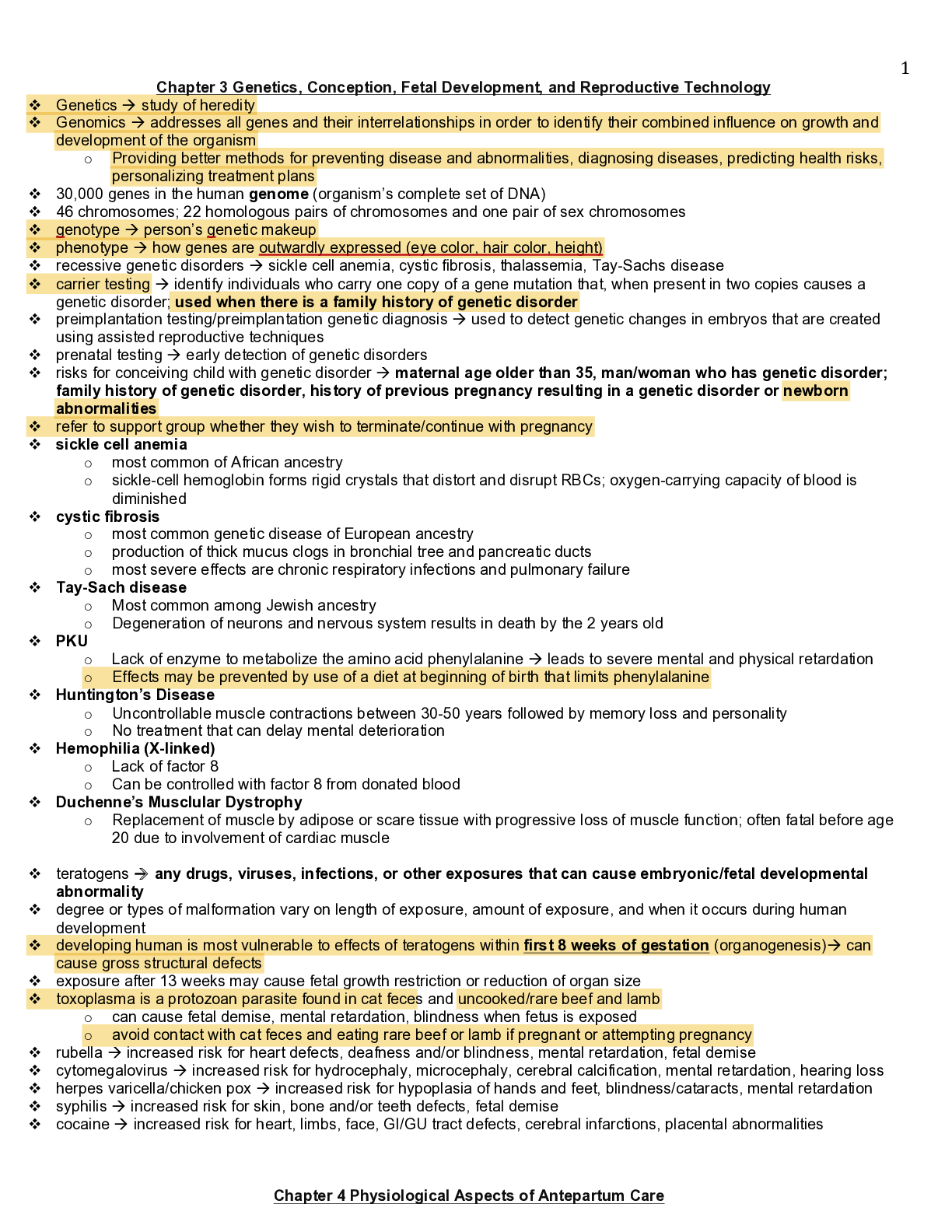
Reviews( 0 )
Document information
Connected school, study & course
About the document
Uploaded On
Aug 18, 2021
Number of pages
27
Written in
Additional information
This document has been written for:
Uploaded
Aug 18, 2021
Downloads
0
Views
65


.png)
.png)
.png)
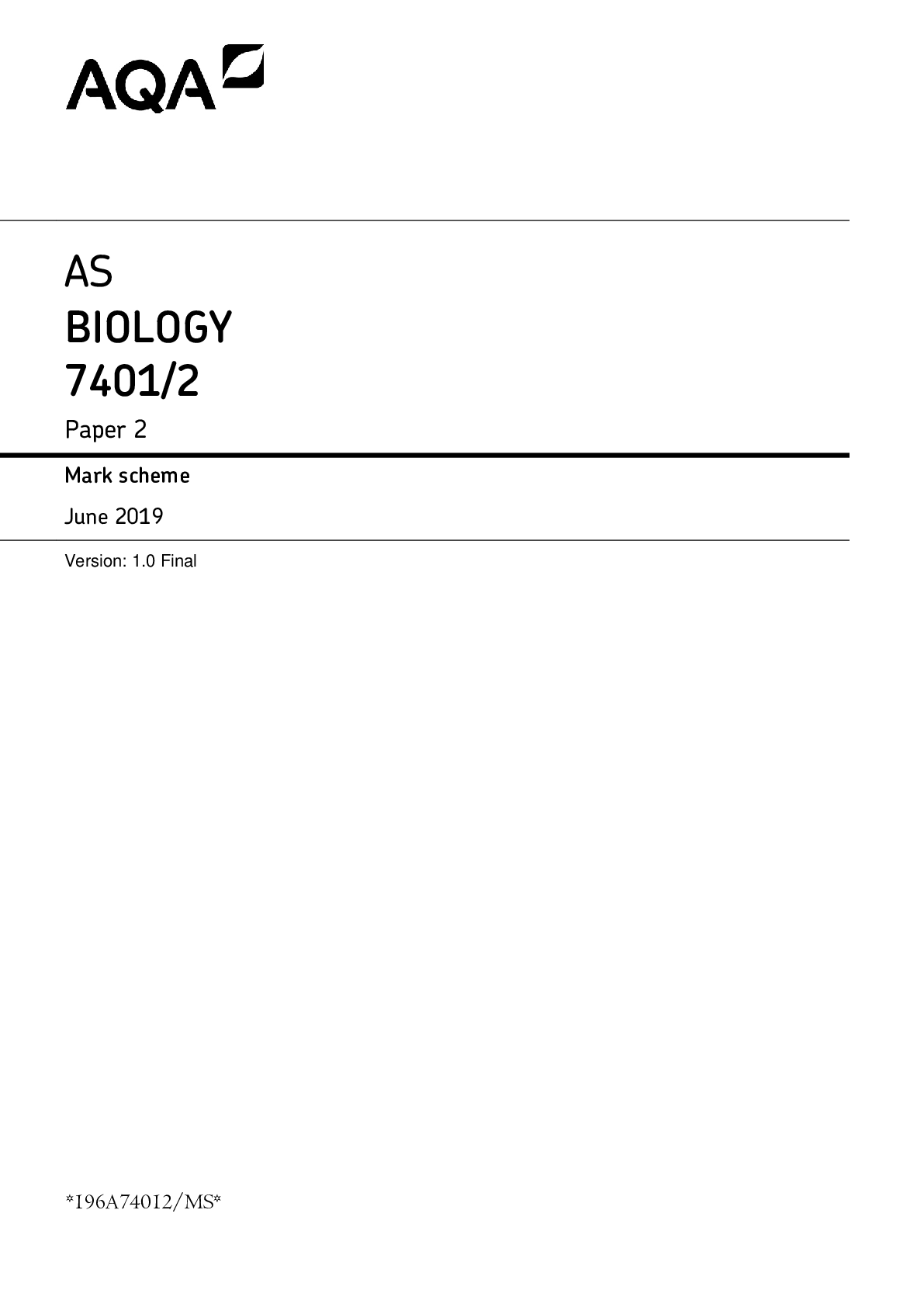
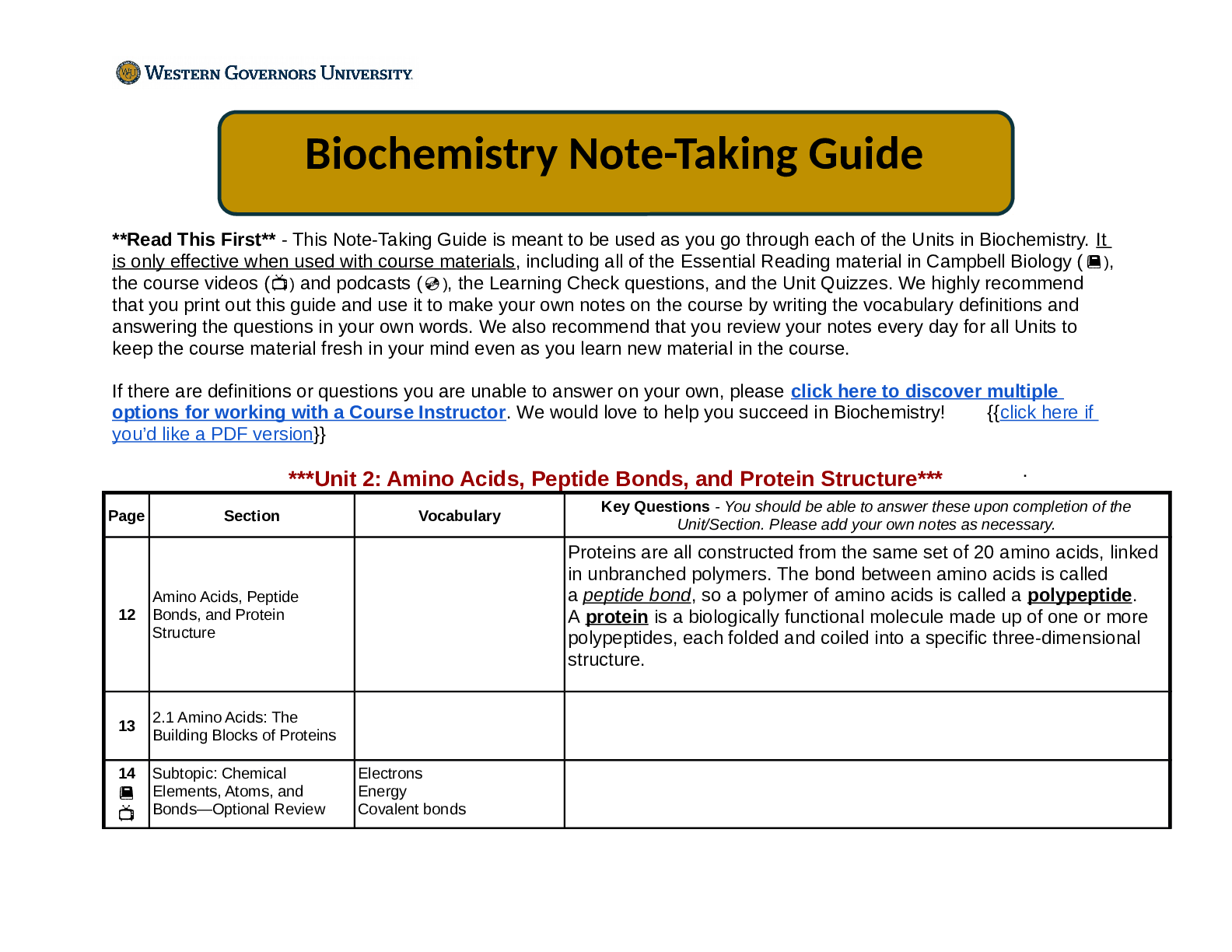

.png)
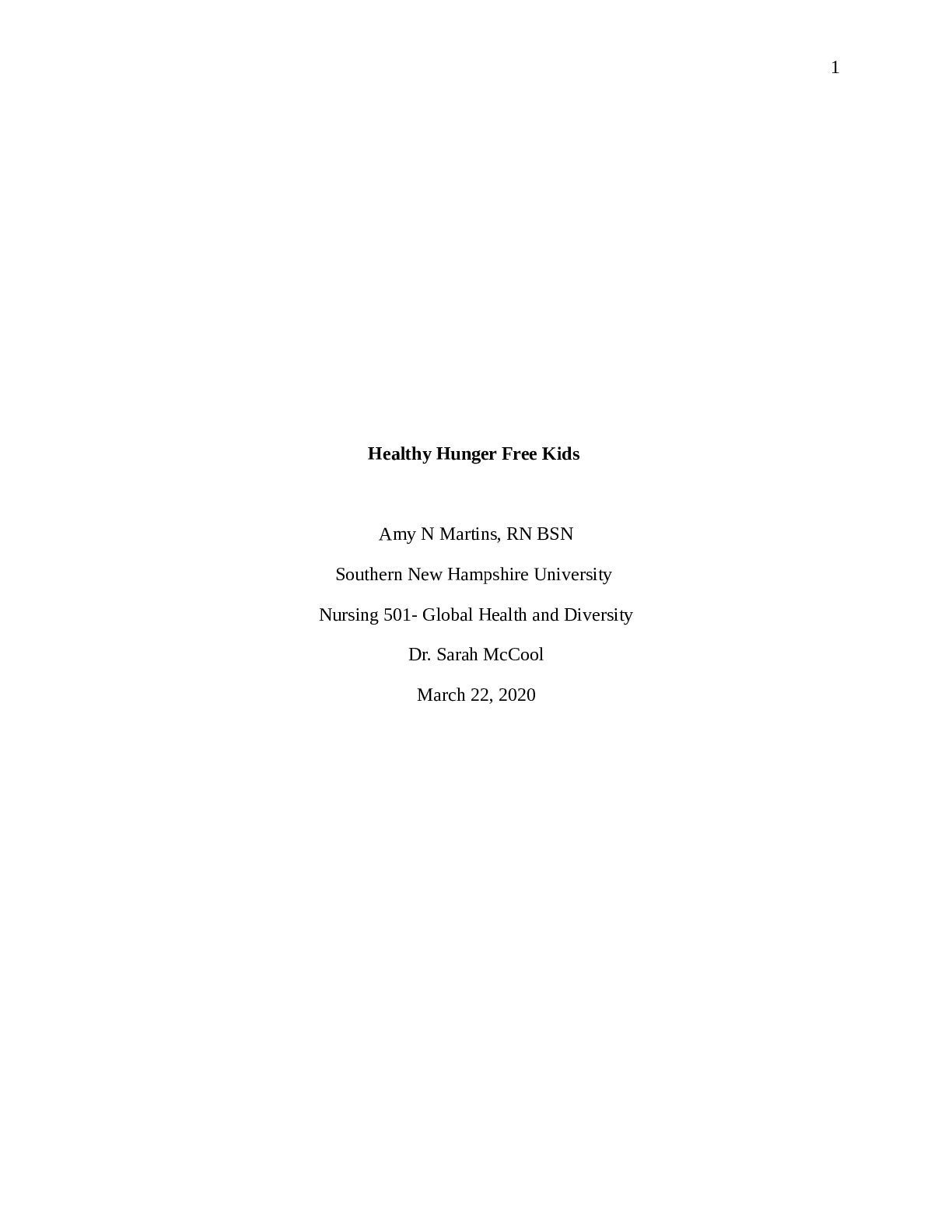
.png)
.png)
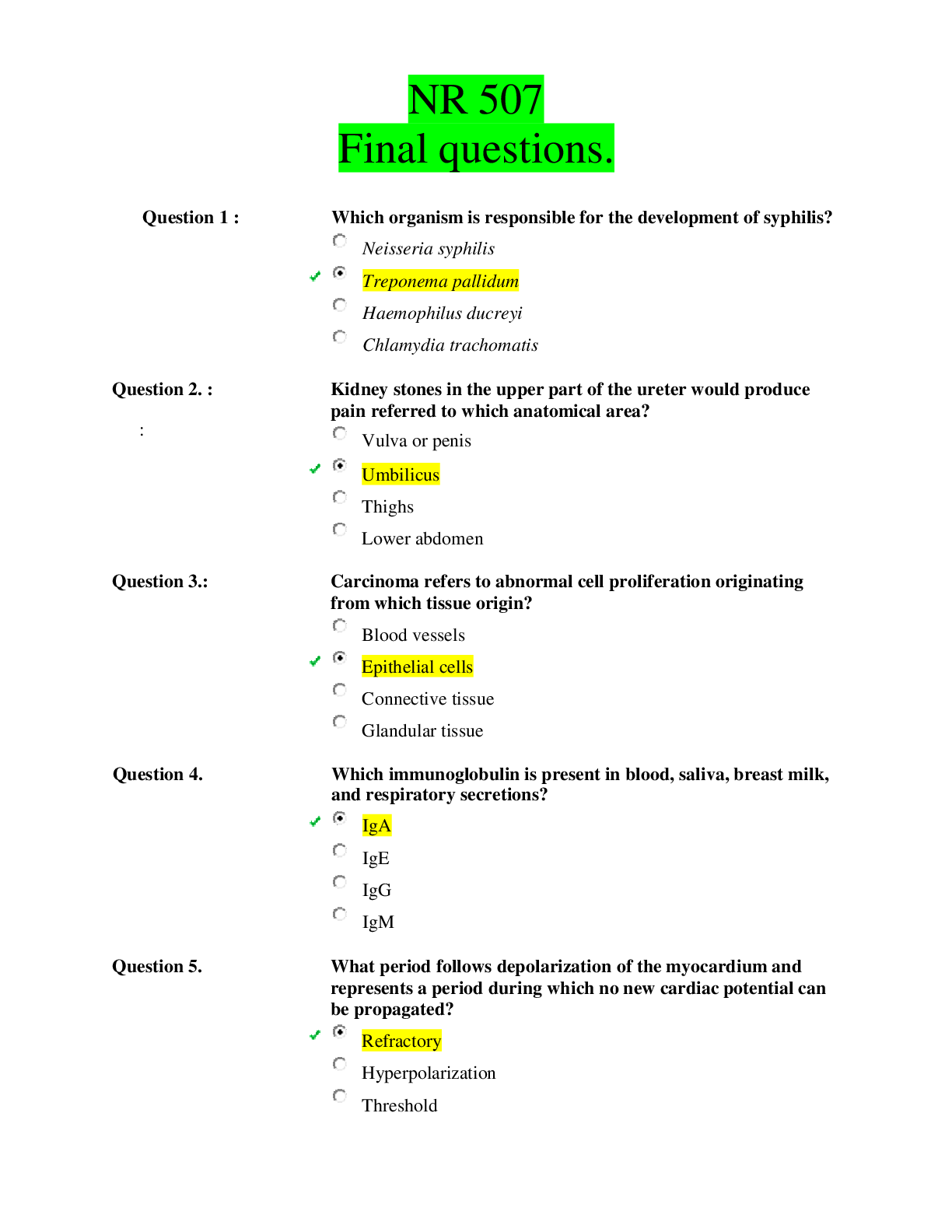
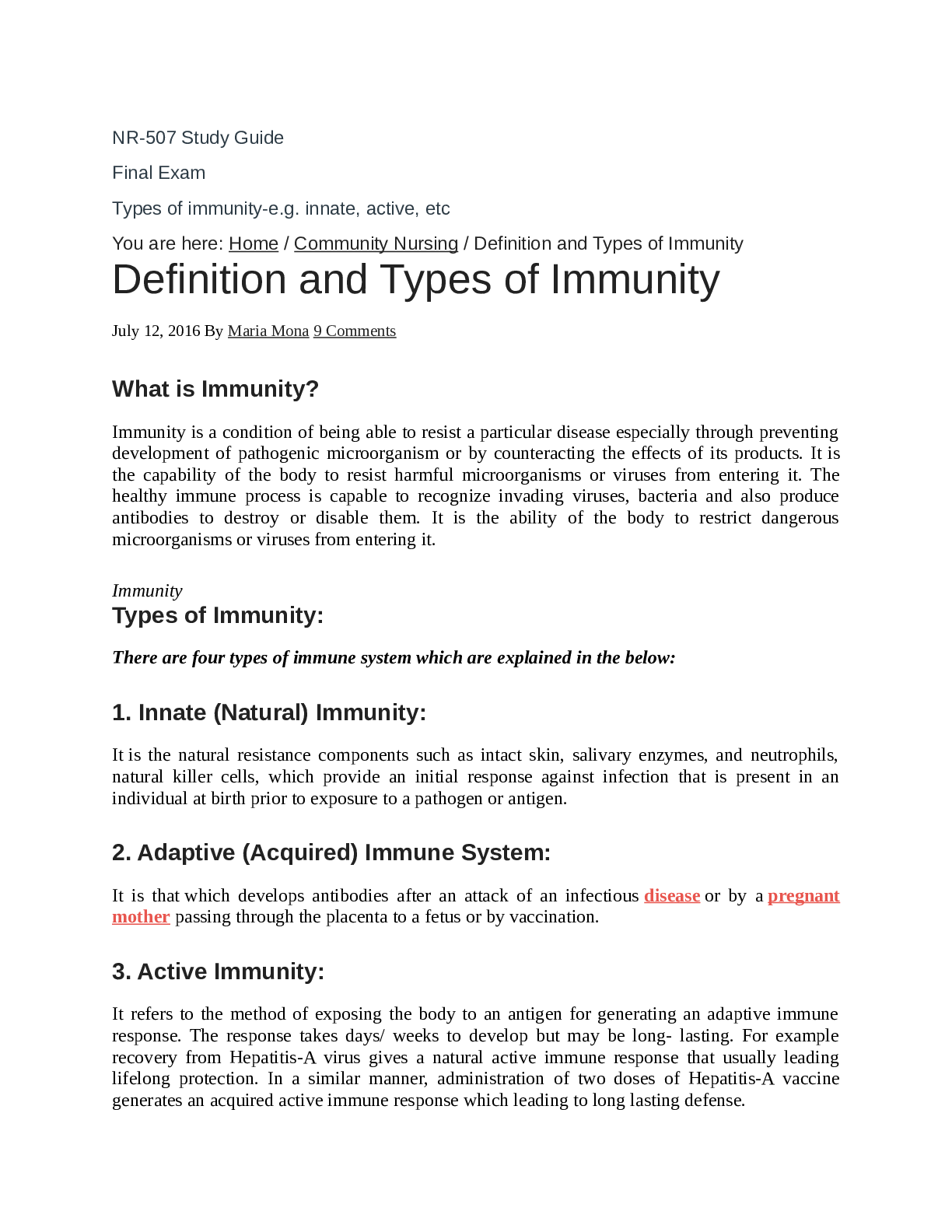


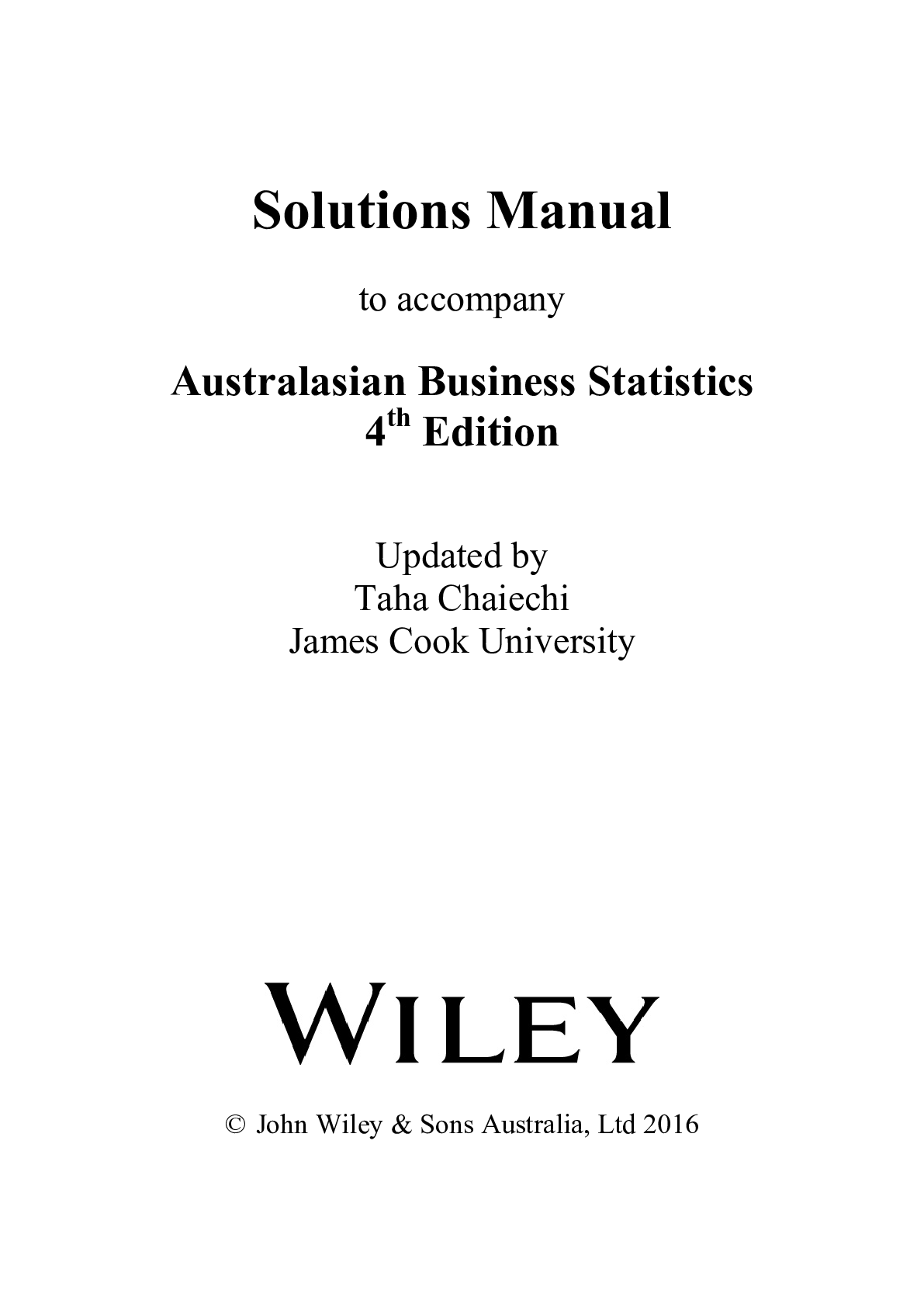

.png)
